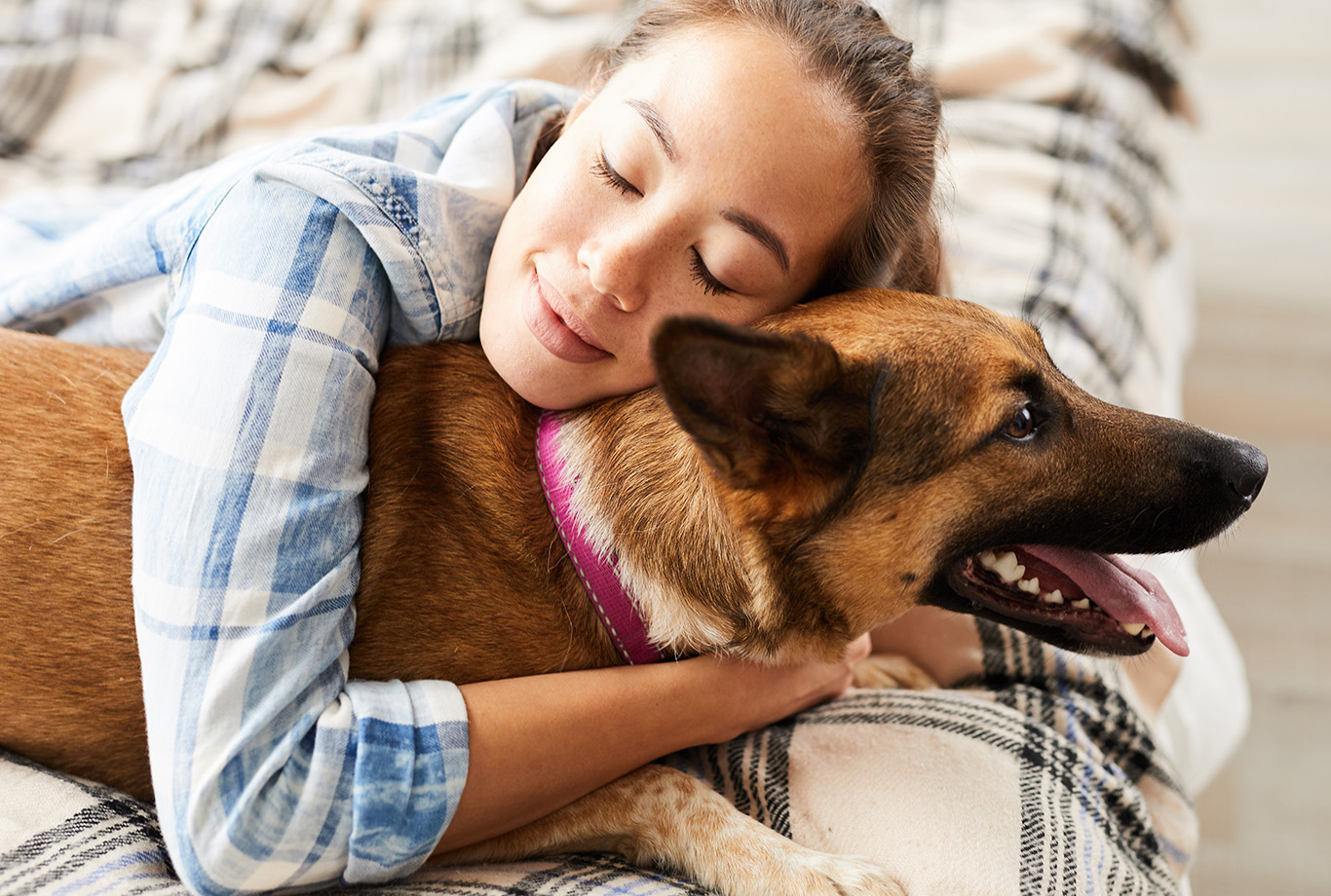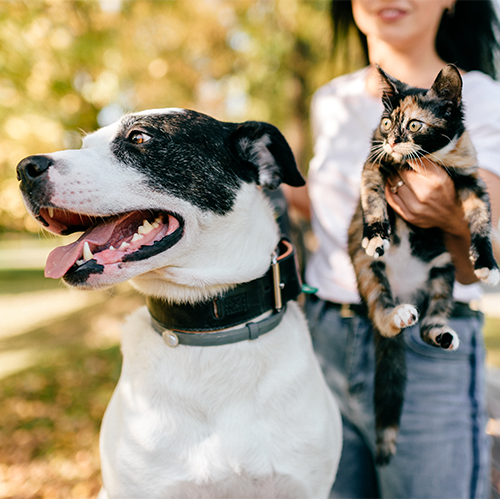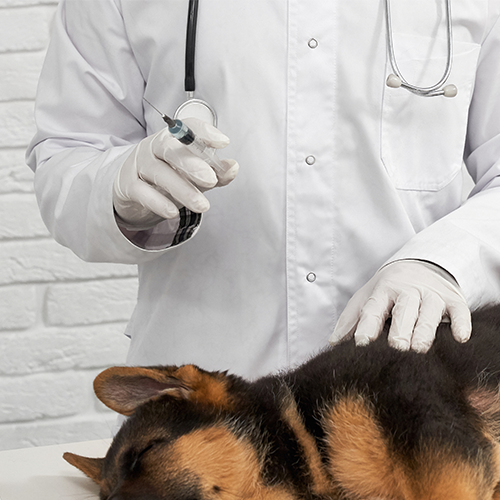Taking care of pets with anxiety can be tough, but it’s not impossible. If you’re looking for ways to help take better care of your beloved pet, here are some tips for you!
Anxiety appears in many different forms and in many different beings. Though humans like you and I can have anxiety disorders, not many know that pets can experience anxiety as well. It can be scary at first, but it’s a feeling that’s perfectly normal in anyone - even in your beloved fur companion.
However, not everyone would be able to identify the symptoms of anxiety in their pets, much less how to treat it if it gets triggered, so here are some tips and advice on what to look for when helping your furry friend out!

Photo by Ryan Stone on Unsplash.com.
Types and causes of pet anxiety
How and why anxiety appears can be due to a multitude of reasons. Here are some of the common explanations why:
1. Separation anxiety
Separation anxiety occurs when a pet gets distressed at being left alone or separated from their owner, and may lead to them expressing their discomfort by urinating, defecating, destroying furniture, and meowing or barking loudly.
This particular fear is common with pets who have been abandoned or abused in the past, though it can also appear in pets of any background.
2. Fear-related anxiety
Pets may get fearful of their surroundings, especially if it’s a new environment for them. Loud noises and strange objects might inflict fear, as well as things that might bring back traumatic experiences from their past. A look into their background will help to prevent any triggers that might cause them discomfort!
3. Age-related anxiety
When pets get on with age, they may start to have issues with their memory and cognitive abilities, leading to confusion and anxiety in these aging animals.

Photo by Thomas Park on Unsplash.com.
Signs & symptoms of anxiety
Here are some common symptoms of anxiety in your pets:
- Trembling and shaking
- Aggression
- Pacing and restlessness
- Drastic changes to their appetite
- Failure to use the litter box (for cats)
- Urinating and defecating in the house
- Excessive vocalisation (meowing or barking)

Photo by Matthew Henry on Unsplash.com.
There may be other signs specific to certain pets, though a check in with your veterinarian will help to see if there’s anything else that needs to be taken note of!
How to help your pet through anxiety
The first thing you will have to understand is that these are behaviours to be rectified, not punished. Though some symptoms might be frustrating to deal with, your fur friend most likely cannot control their behaviour, so we will have to find ways to help them through it instead of punishing them!
Secondly, be sure to identify the cause of their anxiety. Whether it is an object at home that triggers them or an experience that brings back bad memories, try your best to remove them. For instance, if they’re afraid of other larger pets out in the park, you can bring them on walks at emptier areas further away from other animals.
For pets that usually face separation anxiety, you can help distract them with exciting and mentally stimulating toys and activities around the house so as to keep them occupied while you’re out and about. Items such as puzzle toys and cat posts will help capture their attention and make them less anxious about you leaving them alone at home.
The best way to deal with anxiety, however, is to have it checked with a veterinarian. They will be able to teach you many other ways to keep your fur companion safe and comfortable, as well as prescribe anxiety medication if needed. Any questions and concerns you might have about your pets’ behaviour can also be clarified at your vet’s office!

Photo by Tim King on Unsplash.com.
Your pets’ health is very important, and thus dealing with their anxiety should be top priority. It might be scary at first, but with your dutiful research and vet check-ups, you will be able to give your pet the happiest and healthiest life it deserves!
References:

















